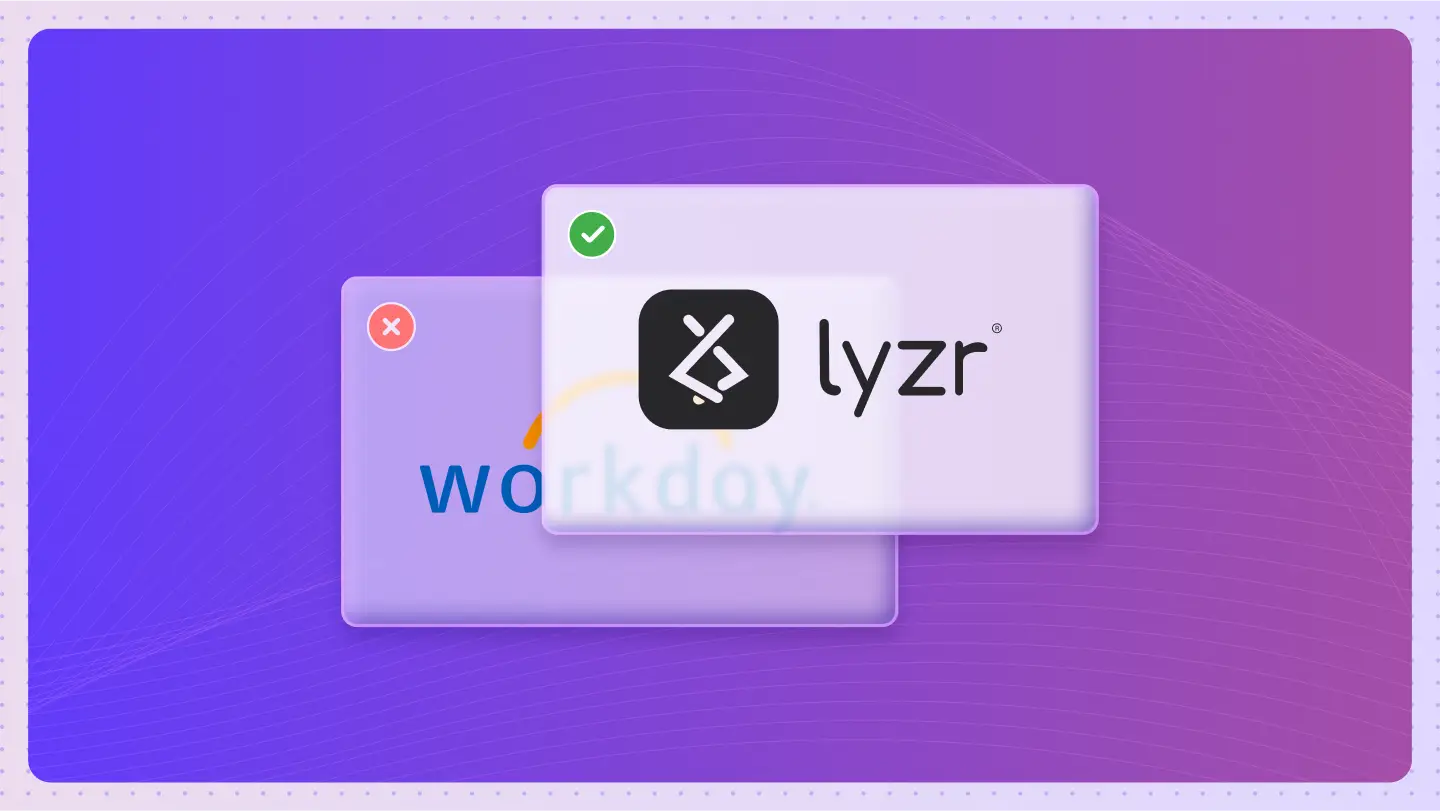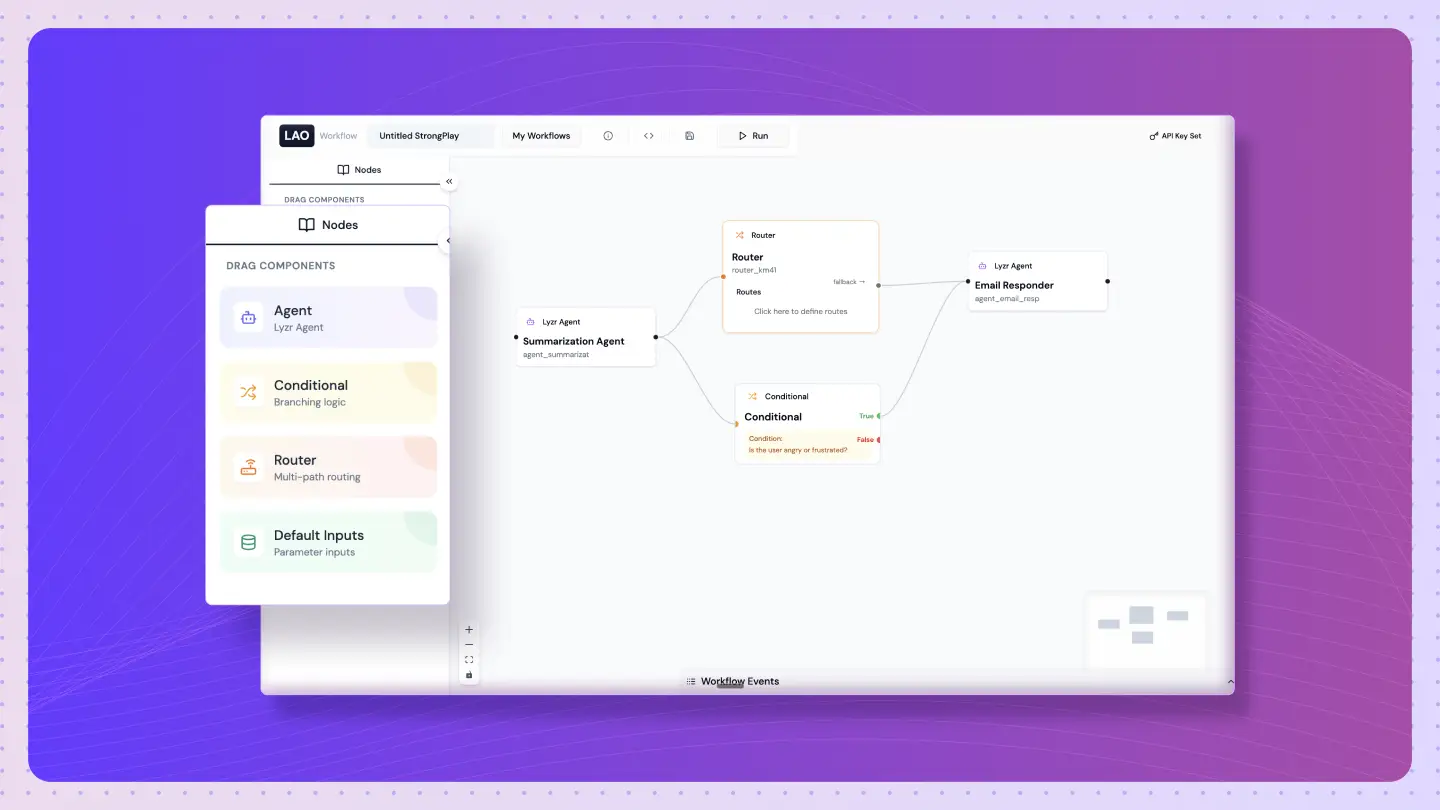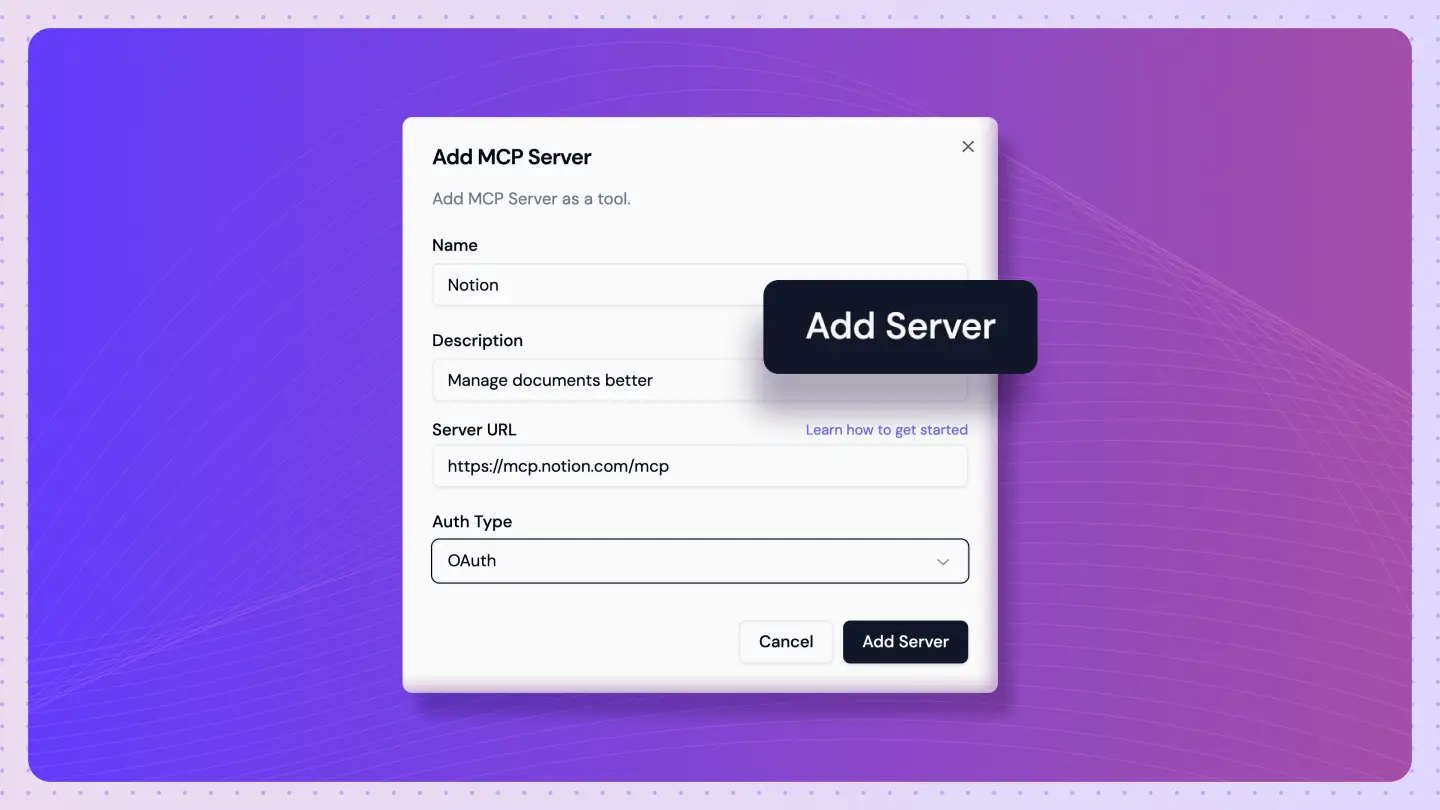What is Cross-Validation?
Cross-validation is a statistical method used to assess how the results of a statistical analysis will generalize to an independent data set. It improves model validation and evaluation by splitting data into subsets, allowing for more reliable performance metrics.
How does the Cross-Validation Concept Operate?
Cross-validation is a vital statistical method that enhances model validation and evaluation by ensuring that the model performs well on unseen data. This technique divides the dataset into multiple subsets, allowing for a more robust assessment of the model’s predictive capabilities.
Here’s how cross-validation operates:
- Data Splitting: The dataset is divided into ‘k’ subsets or folds.
- Training and Testing: For each iteration, one fold is reserved for testing while the remaining folds are used for training the model.
- Performance Metrics: After training, the model is evaluated on the testing fold, and performance metrics like accuracy, precision, and recall are calculated.
- Averaging Results: This process is repeated for each fold, and the results are averaged to provide a comprehensive performance score.
- Reduces Overfitting: Cross-validation helps to mitigate overfitting by ensuring that the model is validated against various data splits.
The primary benefits include improved model reliability and lower variance in performance estimates, making it a cornerstone technique for data scientists and machine learning engineers.
Common Uses and Applications of Cross-Validation
Cross-validation is a vital technique in data science and machine learning, significantly enhancing model validation and evaluation. It allows practitioners to assess how the results of a statistical analysis will generalize to an independent data set. Here are key applications:
- Model Assessment: Cross-validation provides a more reliable estimate of model performance compared to a single train-test split, ensuring that the model is robust and effective.
- Hyperparameter Tuning: By using cross-validation, data scientists can systematically explore different hyperparameter settings to optimize model performance.
- Avoiding Overfitting: This technique helps in detecting overfitting by validating how well a model performs on unseen data, ultimately leading to better generalization.
- Comparison of Models: Cross-validation allows for a fair comparison of different algorithms or models, making it easier to select the best one for the task at hand.
- Feature Selection: It aids in understanding which features contribute most to the predictive power of a model, as performance metrics can be evaluated with different subsets of features.
- Time Series Validation: In time-dependent data, cross-validation can be adapted to ensure that training and testing sets respect the temporal order of observations, which is crucial for accurate evaluation.
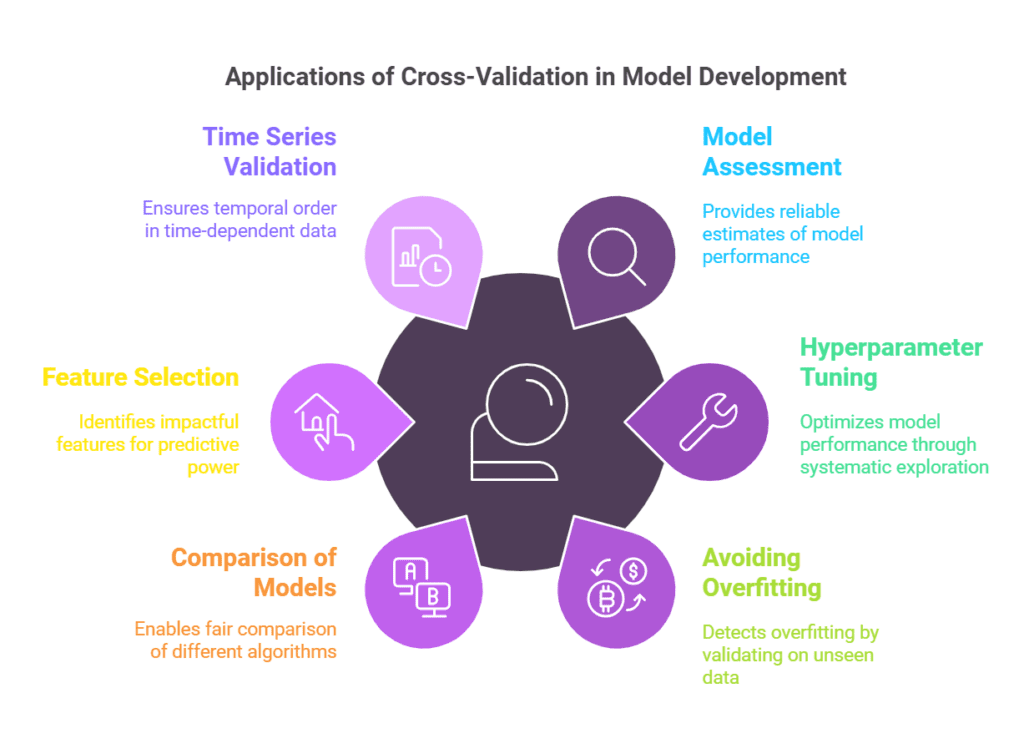
What are the Advantages of Cross-Validation?
Cross-validation is an essential technique in machine learning and statistics that enhances the reliability of model evaluation. By partitioning the dataset into subsets, cross-validation helps in assessing how the results of a statistical analysis will generalize to an independent dataset. Here are key benefits of using cross-validation:
- Improved Model Accuracy: Provides a more accurate measure of model performance compared to a single train/test split.
- Reduced Overfitting: Helps to identify overfitting by validating the model on different subsets.
- Better Utilization of Data: Maximizes the training and testing data by allowing each data point to be used for both training and testing.
- Robustness: Offers insights into the model’s robustness and stability by testing it across various data distributions.
- Selection of Parameters: Assists in hyperparameter tuning, ensuring optimal model settings.
- Performance Metrics: Facilitates the calculation of performance metrics like accuracy, precision, and recall effectively.
By implementing cross-validation, data scientists and machine learning engineers can ensure their models are well-validated and reliable for real-world applications.
Are there any Drawbacks or Limitations Associated with Cross-Validation?
While Cross-Validation offers many benefits, it also has limitations such as increased computational cost, potential overfitting on small datasets, and the complexity of implementing different validation strategies. These challenges can impact the model’s training time and may lead to misleading performance metrics if not handled properly.
Can You Provide Real-life Examples of Cross-Validation in Action?
For example, a team at a financial institution used Cross-Validation to assess the reliability of their credit scoring model. By applying k-fold Cross-Validation, they were able to identify overfitting issues and improve the predictive accuracy of their model. This demonstrates how Cross-Validation can refine model evaluation and lead to more reliable decision-making.
How does Cross-Validation Compare to Similar Concepts or Technologies?
Compared to Holdout Validation, Cross-Validation differs in its approach to utilizing the dataset. While Holdout Validation focuses on splitting the data into two parts for training and testing, Cross-Validation uses multiple splits, ensuring that every observation is used for both training and validation. This leads to a more robust evaluation of the model’s performance.
What are the Expected Future Trends for Cross-Validation?
In the future, Cross-Validation is expected to evolve by integrating automated techniques that adapt to different types of datasets and models. These changes could lead to more dynamic validation processes and enhanced accuracy in model evaluation, especially in complex machine learning tasks.
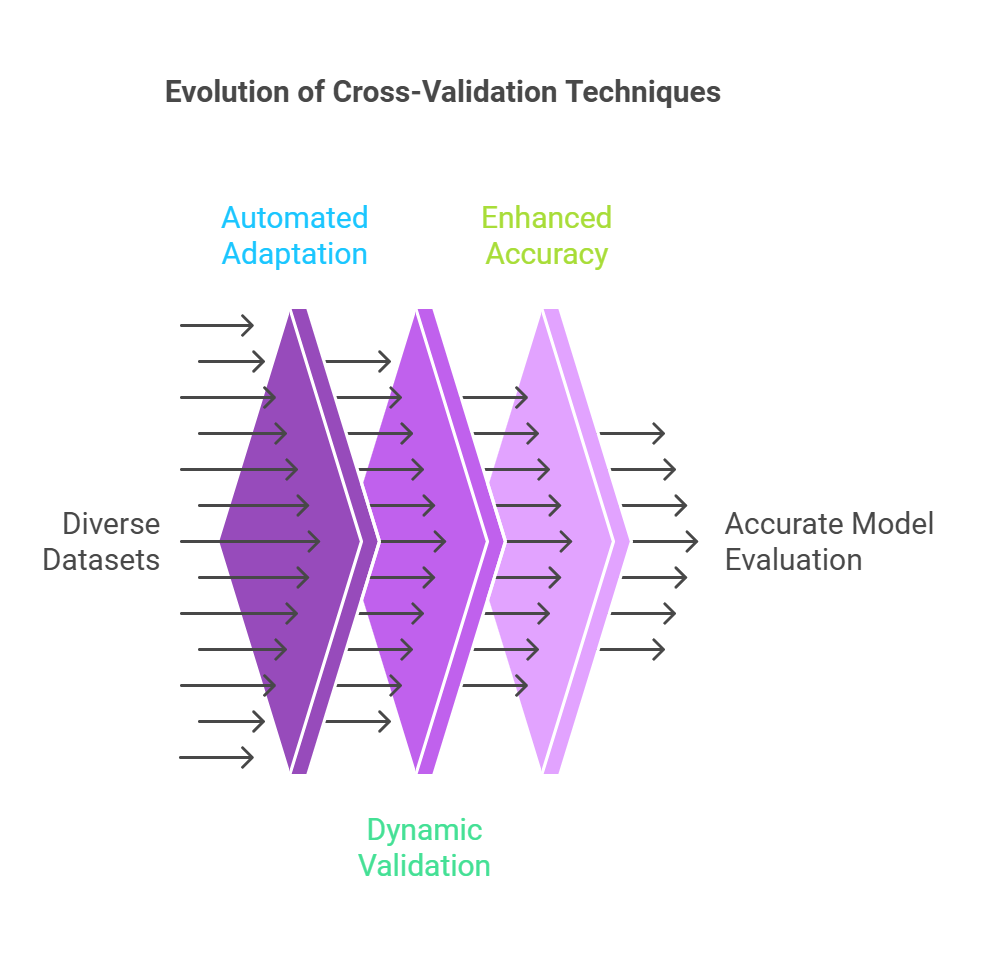
What are the Best Practices for Using Cross-Validation Effectively?
To use Cross-Validation effectively, it is recommended to:
- Choose an appropriate Cross-Validation method based on your dataset size.
- Ensure that the data is shuffled before splitting to avoid bias.
- Use stratified sampling for imbalanced datasets.
- Evaluate multiple performance metrics to gain a holistic understanding.
Following these guidelines ensures a thorough validation process.
Are there Detailed Case Studies Demonstrating the Successful Implementation of Cross-Validation?
One notable case study involved a healthcare company that applied Cross-Validation to develop a predictive model for patient readmission. By using 10-fold Cross-Validation, they were able to improve their model’s accuracy by 15%, leading to more effective patient management strategies. This case study highlights the significant outcomes achieved by implementing Cross-Validation.
What Related Terms are Important to Understand along with Cross-Validation?
Related terms include ‘Overfitting’ and ‘Hyperparameter Tuning’, which are crucial for understanding Cross-Validation because they directly influence model performance and the validation process. Awareness of these concepts helps in better interpreting the results of Cross-Validation.
What are the Step-by-step Instructions for Implementing Cross-Validation?
To implement Cross-Validation, follow these steps:
- Split your data into k subsets (folds).
- For each fold, use it as a test set while training the model on the remaining k-1 folds.
- Record the performance metric for each iteration.
- Calculate the average performance across all folds.
These steps ensure a robust evaluation of the model’s predictive capabilities.
Frequently Asked Questions
What is cross-validation?
Cross-validation is a technique used to assess how the results of a statistical analysis will generalize to an independent dataset.
- It involves partitioning the data into subsets.
- Training the model on some subsets and validating it on others.
Why is cross-validation important?
Cross-validation helps in estimating the skill of the model on unseen data.
- It reduces overfitting.
- It provides a more accurate measure of model performance.
What are the benefits of using cross-validation?
Cross-validation offers several advantages in model evaluation.
- It maximizes the use of available data.
- It helps in identifying the best model parameters.
What are common methods of cross-validation?
There are several methods for performing cross-validation.
- K-Fold Cross-Validation
- Leave-One-Out Cross-Validation (LOOCV)
How does K-Fold Cross-Validation work?
In K-Fold Cross-Validation, the dataset is divided into K subsets.
- The model is trained on K-1 subsets.
- Validated on the remaining subset, repeating this process K times.
What is the difference between cross-validation and train-test split?
Both methods are used for model evaluation, but they differ in approach.
- Train-test split divides the data into two parts.
- Cross-validation uses multiple subsets for a more reliable estimate.
When should I use cross-validation?
Cross-validation is particularly useful in several scenarios.
- When you have limited data.
- When you want to ensure your model generalizes well to new data.





